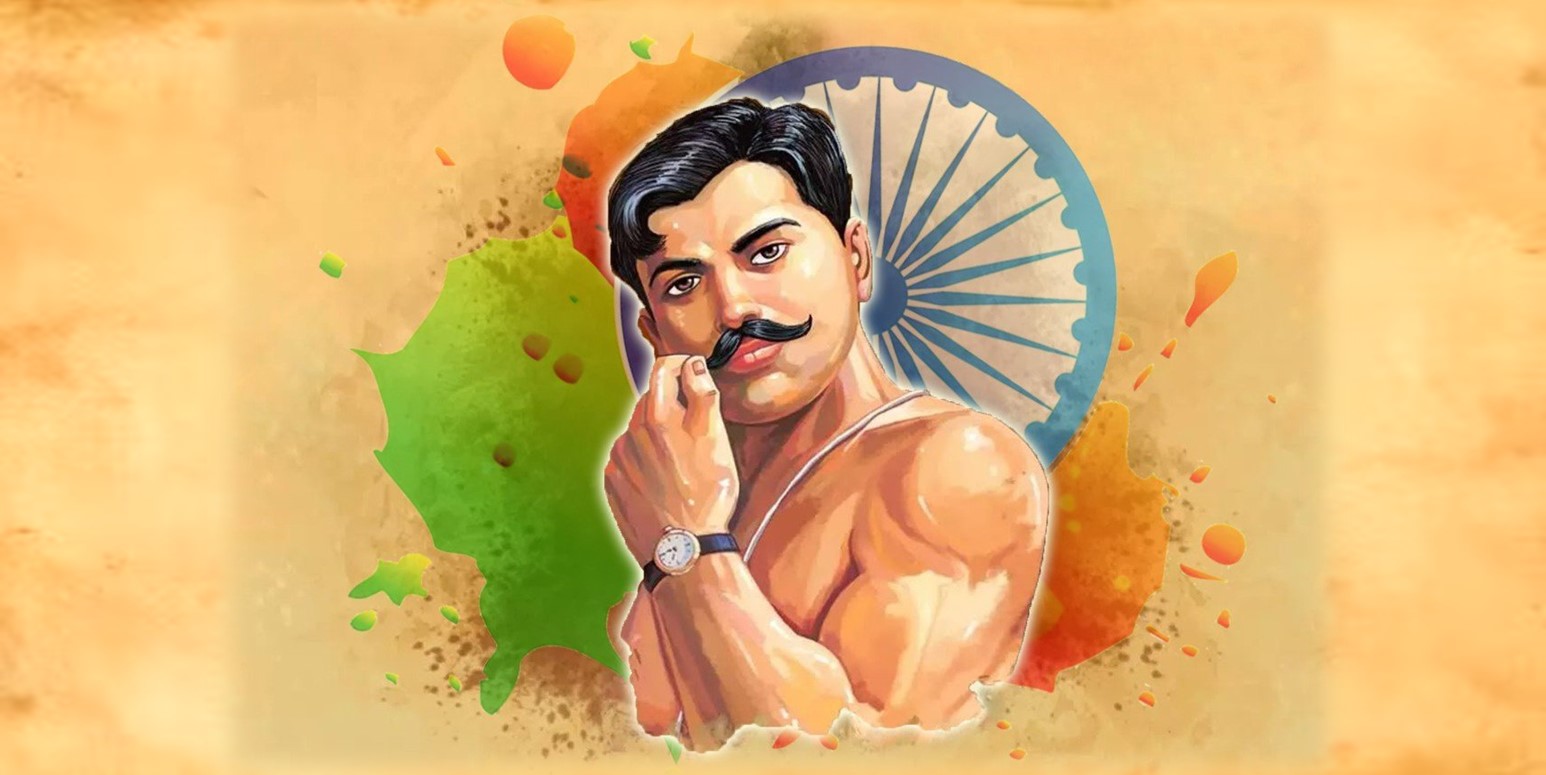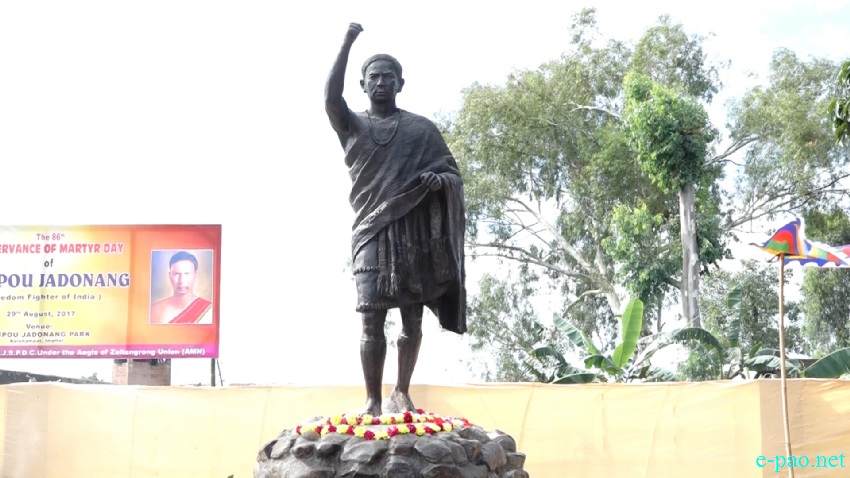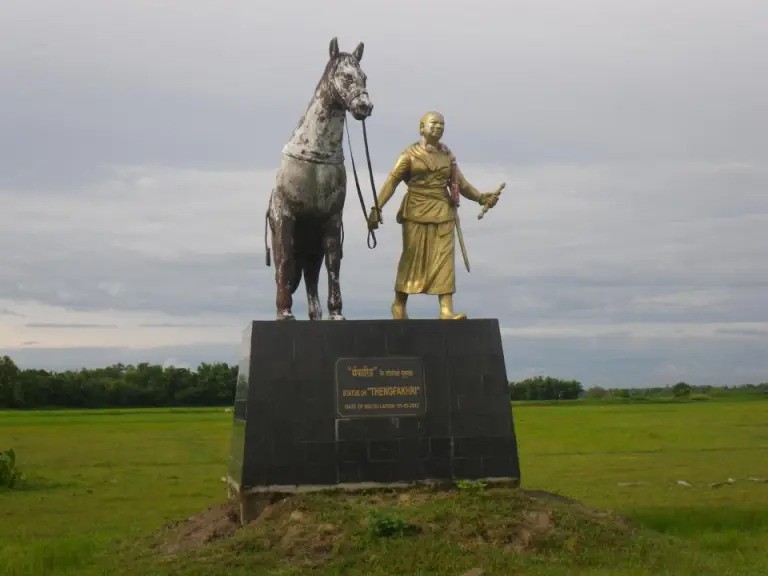By Dr. Bhupendra Kumar Sullere
The Call for Freedom and Azad's Roar
Whenever we talk about India's freedom struggle, a few names stand out as symbols of sacrifice, courage, and self-respect. Chandra Shekhar Azad was not just a revolutionary, but a torchbearer of the idea that inspired Indian youth to rise against British tyranny. His life is not just a story, but a living inspiration — to live and die for the nation.
Birth and Childhood – From Vow to Identity
Born on July 23, 1906 in Bhavra (now in Alirajpur district of Madhya Pradesh), Chandra Shekhar’s early life was very simple. He moved to Varanasi in his childhood for education, where he studied Sanskrit and imbibed the seeds of patriotism. When Mahatma Gandhi launched the Non-Cooperation Movement in 1921, 15-year-old Azad actively participated. Upon arrest, when asked in court for his name, he said — “Chandra Shekhar”, father’s name — “Freedom”, and address — “Jail”. From that moment, he became ‘Azad’ (free).
The Path of Revolution – Not Violence, But Resistance
After the Non-Cooperation Movement was withdrawn, Azad and many other youth realized that non-violence alone wasn't enough to defeat imperialism. This thought connected him with revolutionaries like Ram Prasad Bismil, Bhagat Singh, and Rajguru. He helped transform the Hindustan Republican Association (HRA) into the Hindustan Socialist Republican Association (HSRA), giving the revolution an organized structure.
They never looted for personal gain — they seized government treasuries to fund the freedom movement. His role in the 1925 Kakori Conspiracy was pivotal. He had one vow against British rule — "I was free, I am free, and I will remain free."
Bhagat Singh and Azad – Two Ideologies, One Goal
The relationship between Bhagat Singh and Chandra Shekhar Azad wasn’t limited to organization. Both dreamed of a new India — based on equality, freedom, and socialism. When Lala Lajpat Rai was brutally beaten during a protest in 1928, they avenged it by killing Saunders. Azad personally managed the escape plan, ensuring the safety of Bhagat Singh and Rajguru.
His strategic brilliance, leadership, and organizational skills remain an inspiration. He fought not with weapons alone but with faith, courage, and ideals.
The Final Sacrifice – Where Azad’s Feet Last Tread
February 27, 1931 — Alfred Park in Allahabad. Surrounded by British police, Azad fought valiantly. When only one bullet remained, he used it on himself rather than be captured. True to his name — he died “Azad” (free).
His martyrdom wasn’t just a death — it was an immortal offering at the feet of Mother India, a fragrance that still nurtures revolutionary consciousness.
Azad’s Ideology – Beyond Swaraj, Towards Self-Respect
Azad's vision went beyond driving out the British — he aspired to create a "Swarajya-yukt Bharat" (India with true self-rule). His ideology embraced equality of opportunity, education, and economic justice for farmers, laborers, Dalits, and youth.
He was not bound by any doctrine, but firmly believed in the triad of nationalism, self-belief, and struggle. His life teaches that real change demands not just ideas, but sacrifices.
A Source of Inspiration – Times Change, Ideals Remain Eternal
In today’s India, when youth often wander in search of purpose and direction, Azad’s life teaches them that life’s true meaning lies not in personal success, but in national service.
His name should not remain limited to schools, parks, or institutions — it must be embedded in the values we live by. Only then will we truly honor him.
How Do We Repay the Debt of Freedom?
India is free today because of martyrs like Chandra Shekhar Azad. Our tribute to him should not be limited to floral offerings, but must be seen in building national character.
If we can cultivate self-respect, service, courage, and dedication within ourselves — only then can we say, “Azad still lives within us.”
Dedicated to the Nation – Fulfilling the Debt of Independence
Chandra Shekhar Azad was not just a chapter in history, but a living ideal in the soul of India. He sacrificed his life to break the chains of slavery. As we move toward a century of self-rule, one question echoes — have we honored his sacrifice?
Devotion to the nation is not merely wrapping oneself in the tricolor, but standing under that tricolor and serving with truth, courage, and selfless duty.
His words — “I am free and will always be free” — must become not a slogan, but a mantra that breaks the chains of fear in India’s youth. Only then will the nation pay him true homage.






